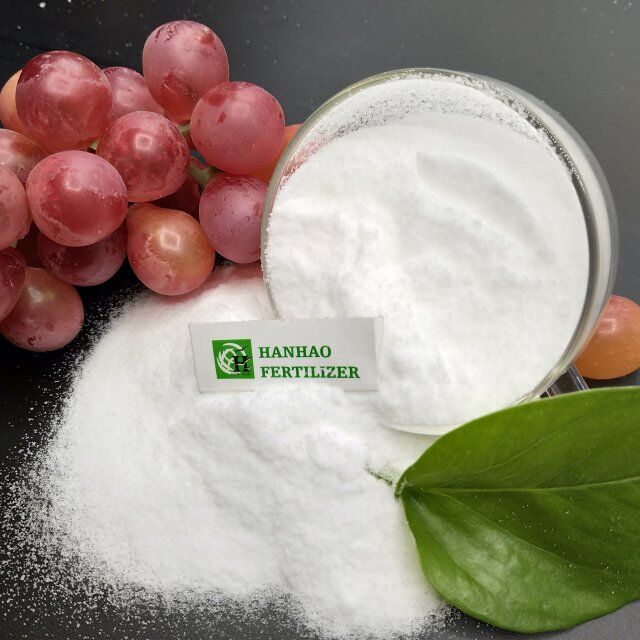
Dez . 12, 2024 22:20 Back to list
common nitrogen fertilizers
Understanding Common Nitrogen Fertilizers
Nitrogen is a crucial nutrient for plant growth, playing a key role in various physiological processes. As an essential macronutrient, it is found in amino acids, proteins, and nucleic acids. However, many soils lack adequate nitrogen, leading to the necessity for nitrogen fertilizers in agriculture. This article will explore the common types of nitrogen fertilizers, their applications, and their significance in enhancing crop yields.
Types of Nitrogen Fertilizers
There are several forms of nitrogen fertilizers, each with its own characteristics and suitability for different agricultural practices
1. Urea (CO(NH₂)₂) Urea is one of the most widely used nitrogen fertilizers, containing about 46% nitrogen. It is synthesized from ammonia and carbon dioxide and is appreciated for its high nitrogen content. Urea is available in granular or prilled form and can be applied directly to the soil or in liquid form. Due to its high solubility, it is quickly taken up by plants; however, it must be converted into ammonium or nitrate by soil microorganisms before plants can utilize it effectively.
2. Ammonium Nitrate (NH₄NO₃) This fertilizer combines ammonium and nitrate forms of nitrogen, containing around 34% nitrogen. Ammonium nitrate is favored for its quick release of nitrogen and can be beneficial in both cool and warm weather conditions. It is commonly used in conventional agriculture and has good physical properties that allow for easy handling and application.
3. Calcium Nitrate (Ca(NO₃)₂) Contains both calcium and nitrate nitrogen, representing about 15.5% nitrogen. The presence of calcium helps in improving soil structure and health, thus making calcium nitrate particularly useful in crop production where calcium deficiency is an issue. It is commonly used in hydroponics and as a calcium supplement in various crops.
common nitrogen fertilizers

4. Ammonium Sulfate ((NH₄)₂SO₄) Comprising about 21% nitrogen, ammonium sulfate also contains sulfur, an important secondary nutrient that supports protein synthesis. This fertilizer is particularly useful in alkaline soils where it helps to lower pH levels, making it suitable for crops that prefer slightly acidic conditions.
5. Liquid Nitrogen Fertilizers Liquid nitrogen fertilizers, such as urea ammonium nitrate (UAN), are highly versatile and convenient to apply using irrigation systems. These solutions typically contain a mix of ammonium and nitrate nitrogen and can supply plants with a continuous source of nutrition.
Application and Usage
The appropriate application of nitrogen fertilizers depends on crop type, growth stage, and soil condition. Timing is critical; applying fertilizers too early can lead to leaching, while late application might not provide sufficient nitrogen during key growth periods. It is also paramount to consider the method of application, whether through broadcasting, banding, or fertigation—all of which can affect nitrogen efficiency.
Sustainable practices are essential when using nitrogen fertilizers. Over-application can lead to environmental problems, such as water pollution via runoff and contributing to greenhouse gas emissions. Therefore, integrating nitrogen application with best management practices, such as soil testing and crop rotation, can enhance nitrogen use efficiency and minimize negative impacts.
Conclusion
In conclusion, nitrogen fertilizers play a vital role in modern agriculture, ensuring adequate nutrient supply for crops to thrive. Understanding the various types of nitrogen fertilizers and their appropriate application methods is crucial for optimizing crop yield while minimizing environmental impact. As agriculture moves toward more sustainable practices, the responsible use of nitrogen fertilizers will continue to be an integral part of effective crop management strategies. By enhancing our understanding and management of these fertilizers, we can support food security and promote healthier ecosystems.
-
Premium 8 12 16 Fertilizer – High-Efficiency Compound & Granular NPK Supplier
NewsJun.10,2025
-
High Quality Agricultural Grade NPK Fertilizer Manufacturer & Supplier Reliable Factory Price
NewsJun.10,2025
-
Organic Fertilizer for Corn Boost Yield Sustainably
NewsJun.10,2025
-
Organic Fertilizer for New Plants Natural Growth Boost & Eco Nutrients
NewsJun.10,2025
-
Optimized Hydroponic NPK Fertilizer – Fast Growth & Nutrients
NewsJun.09,2025
-
Top-Rated NPK Fertilizer for Fruit Trees - Boost Growth & Yield
NewsJun.09,2025
